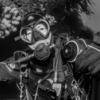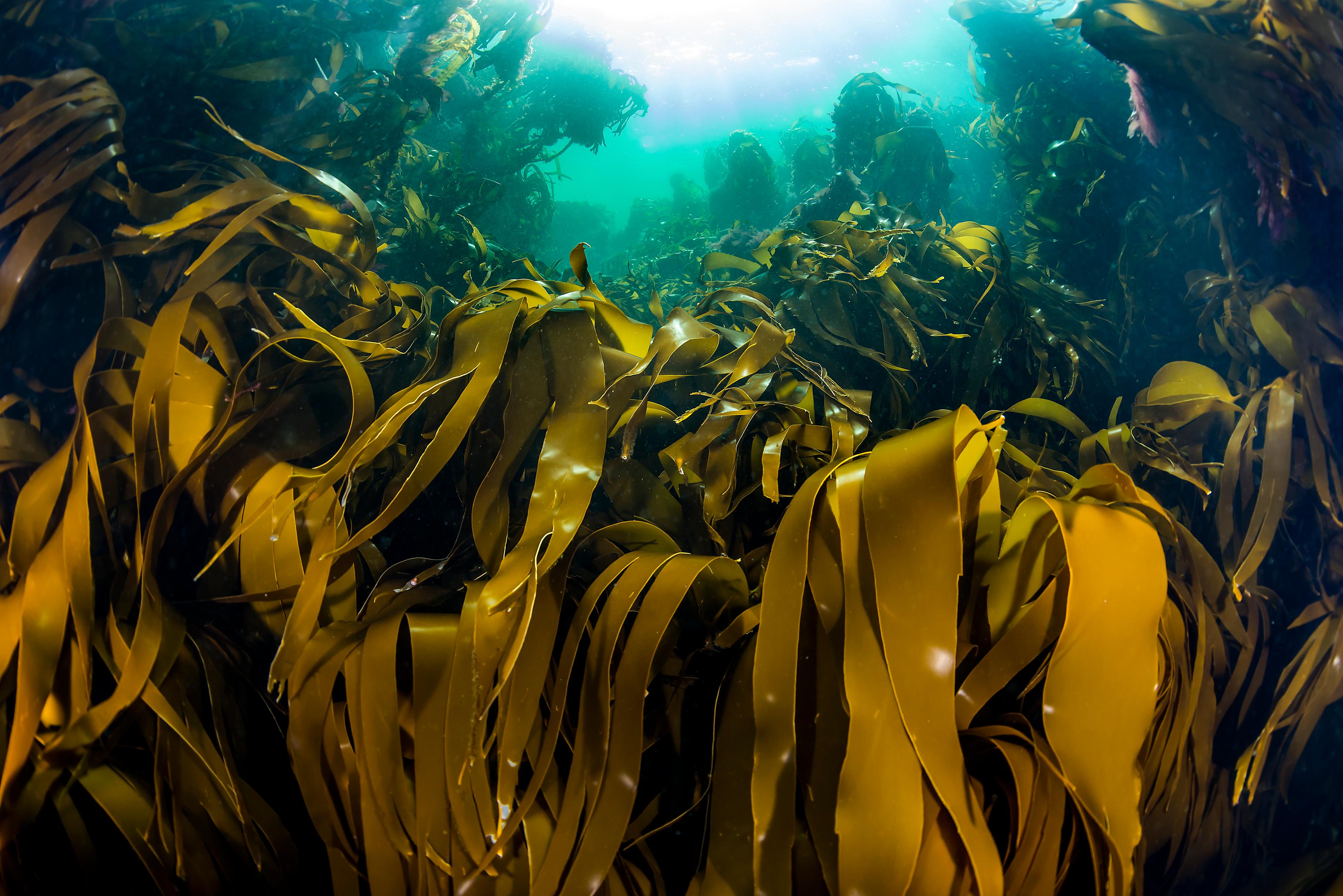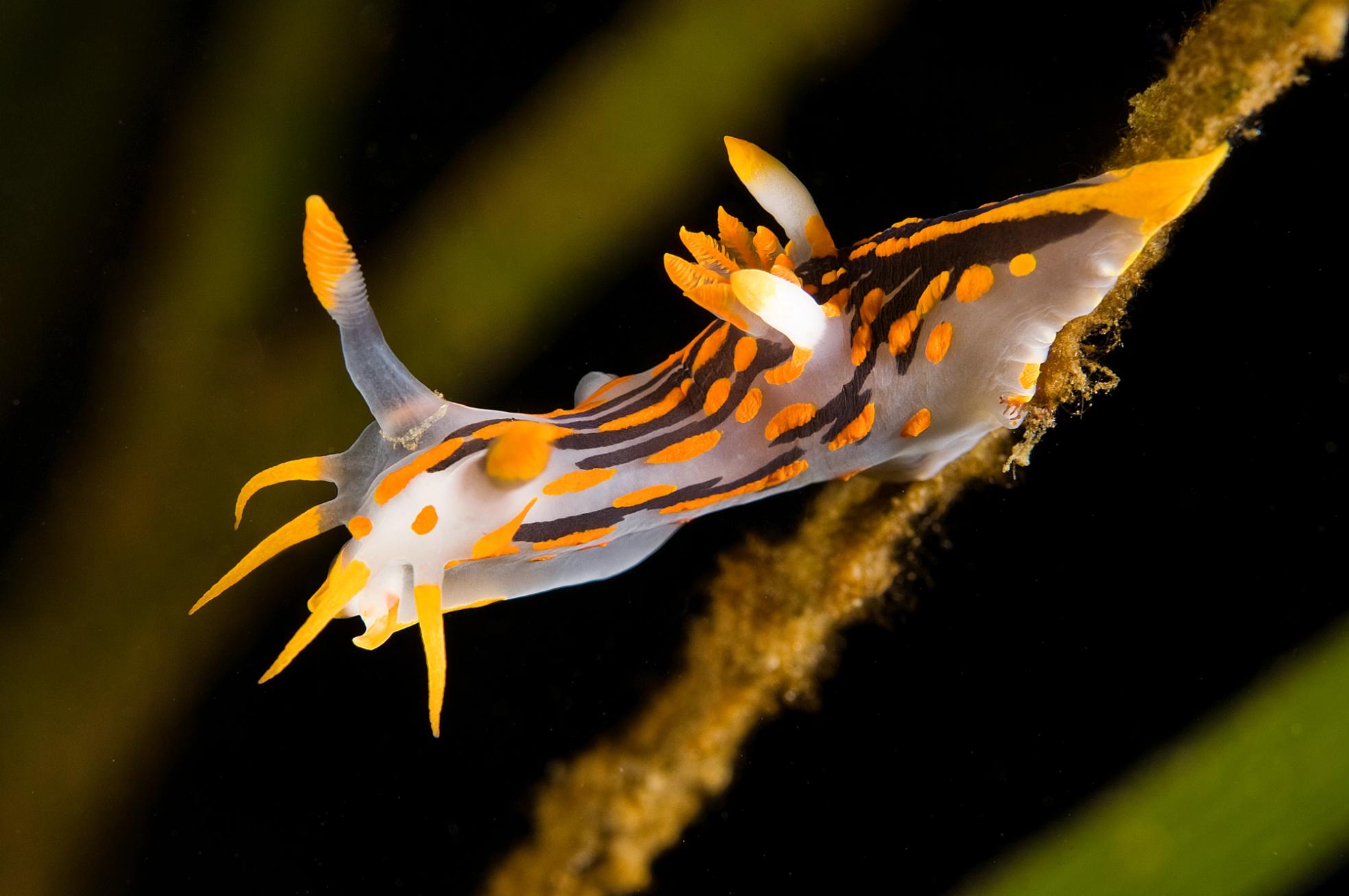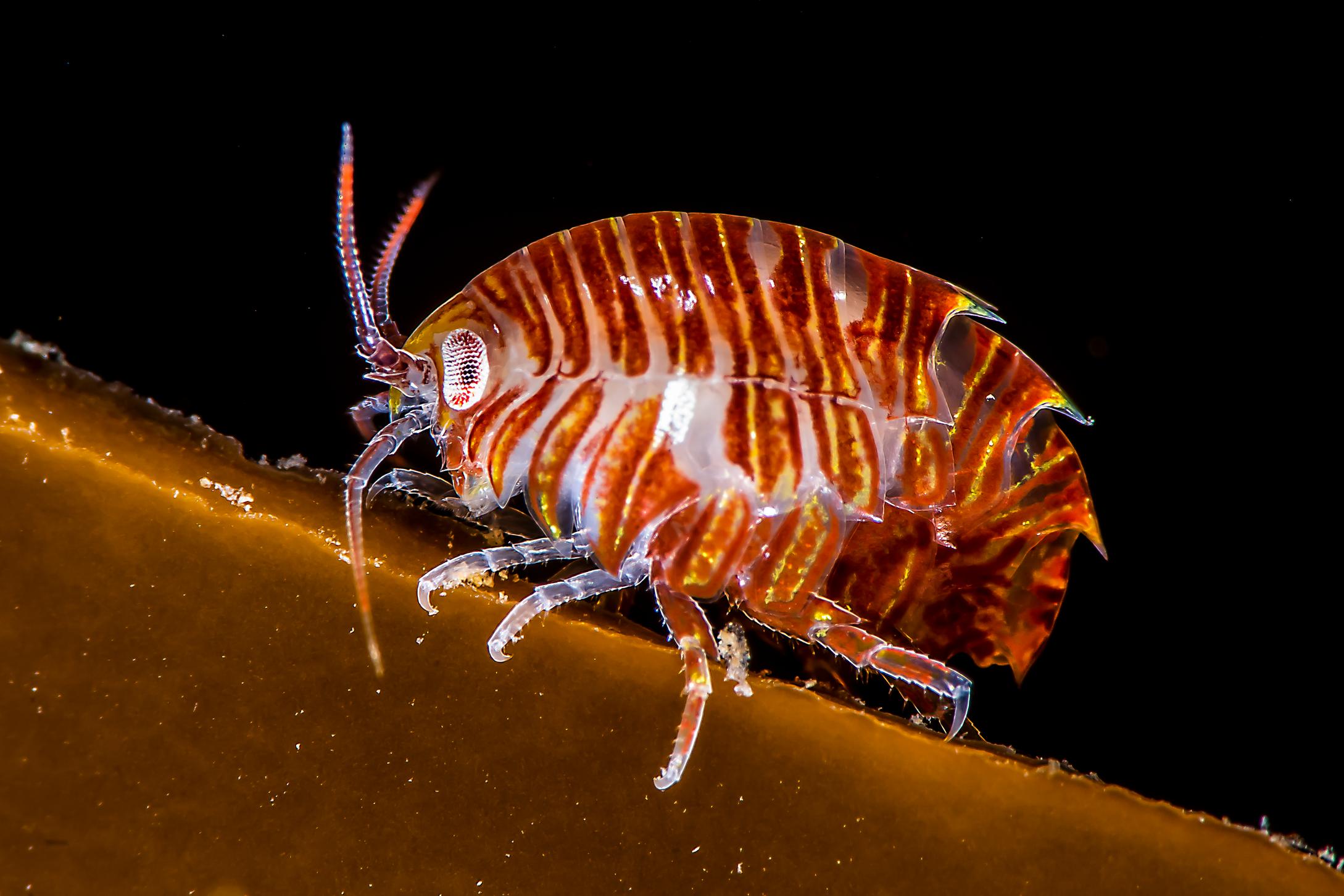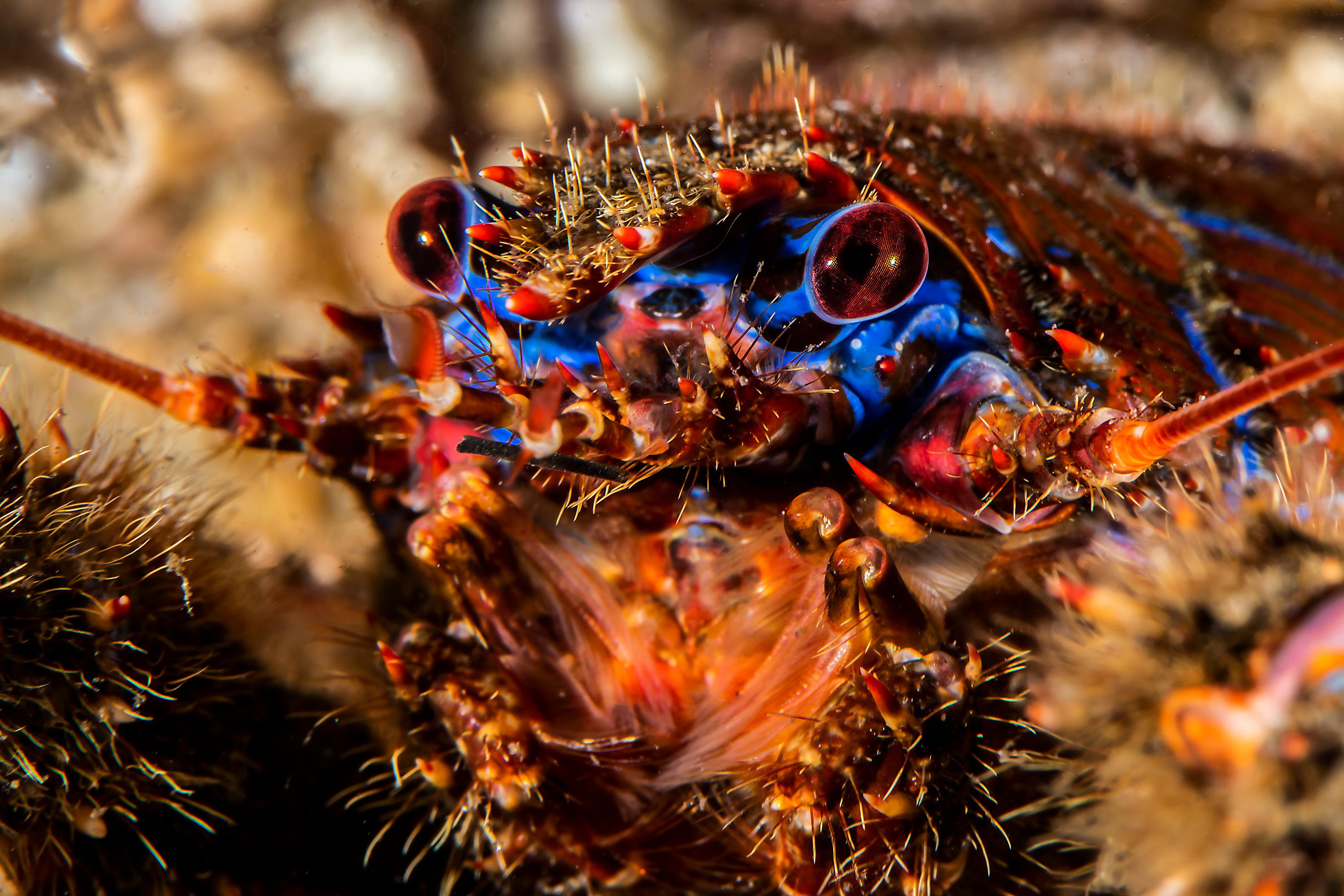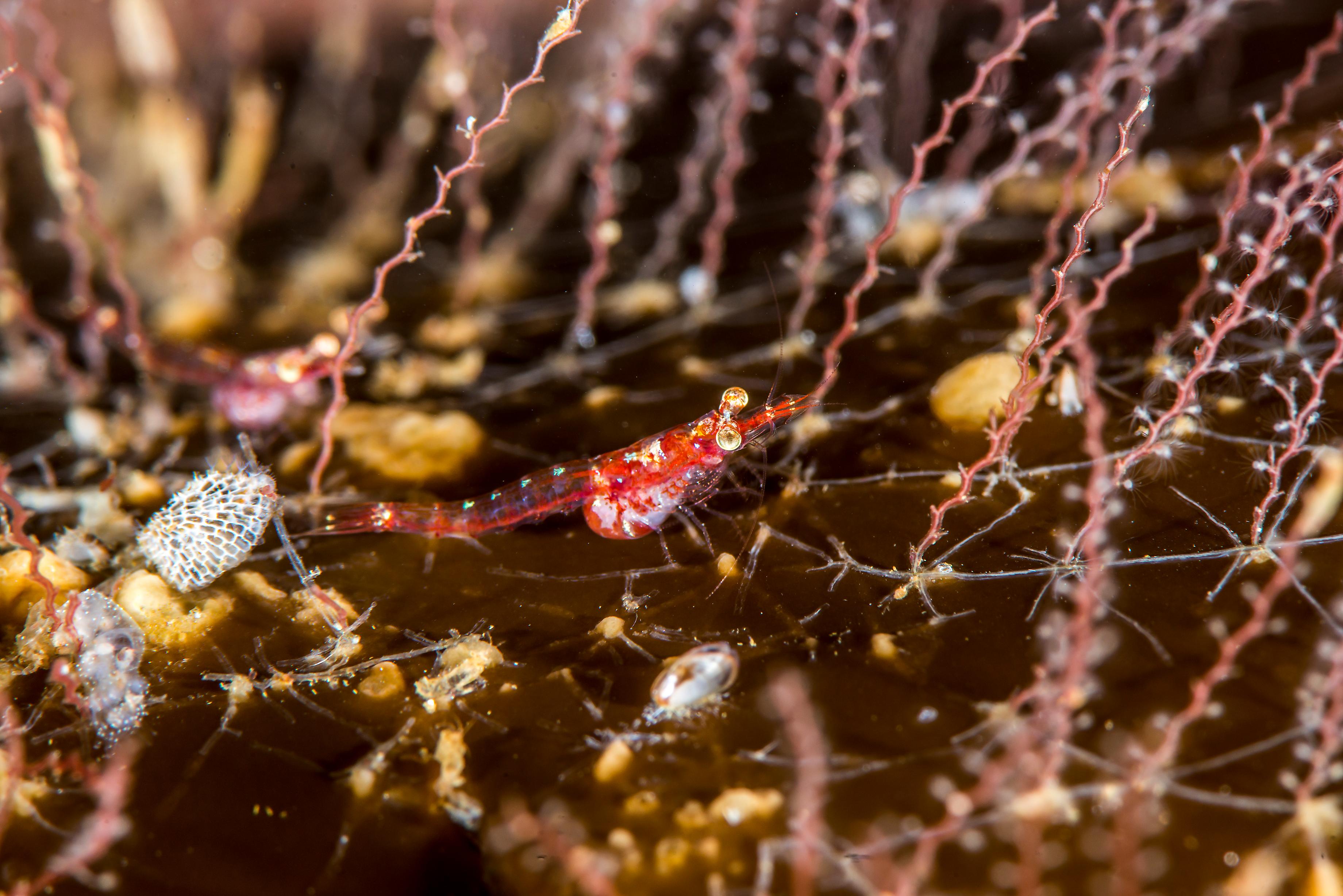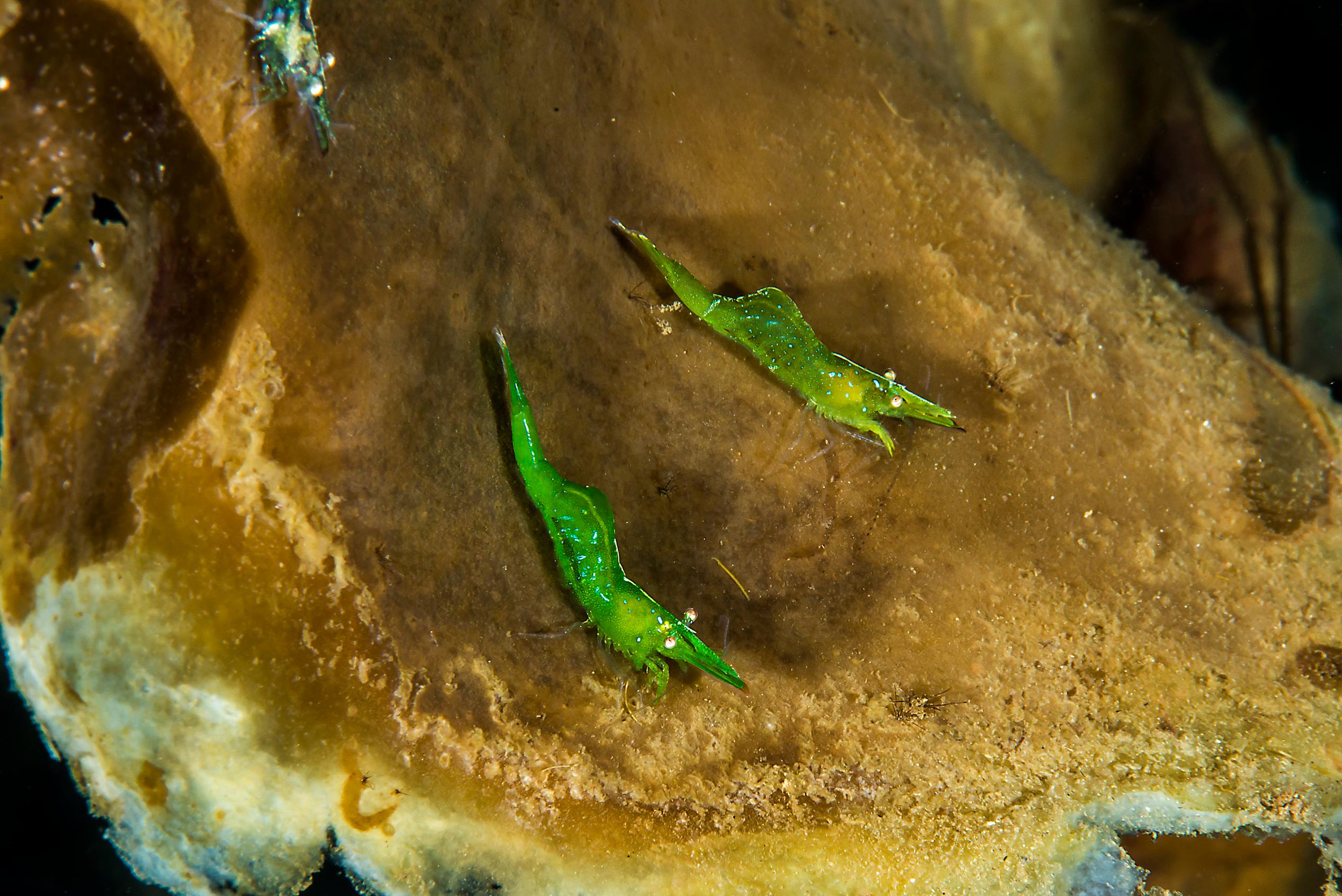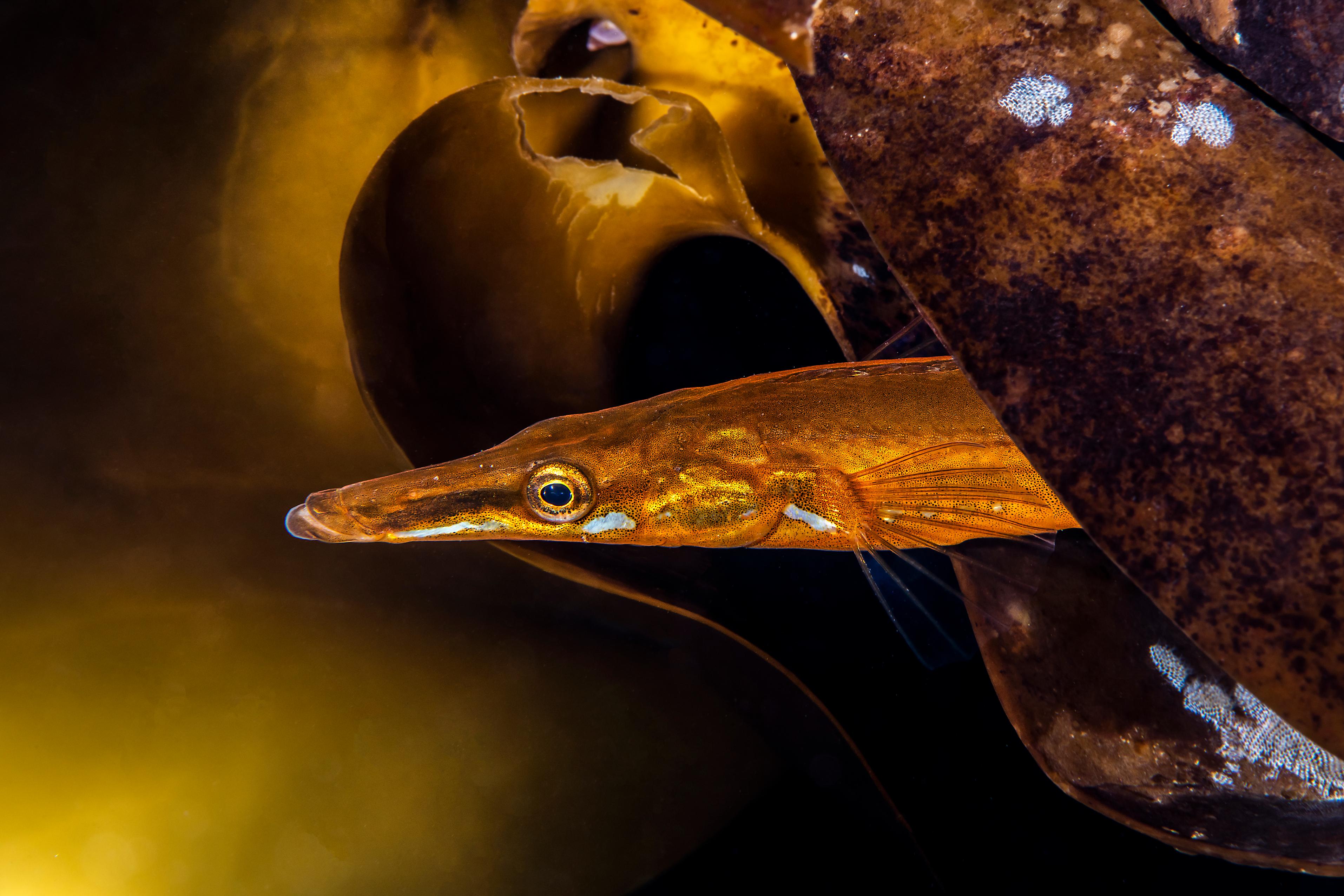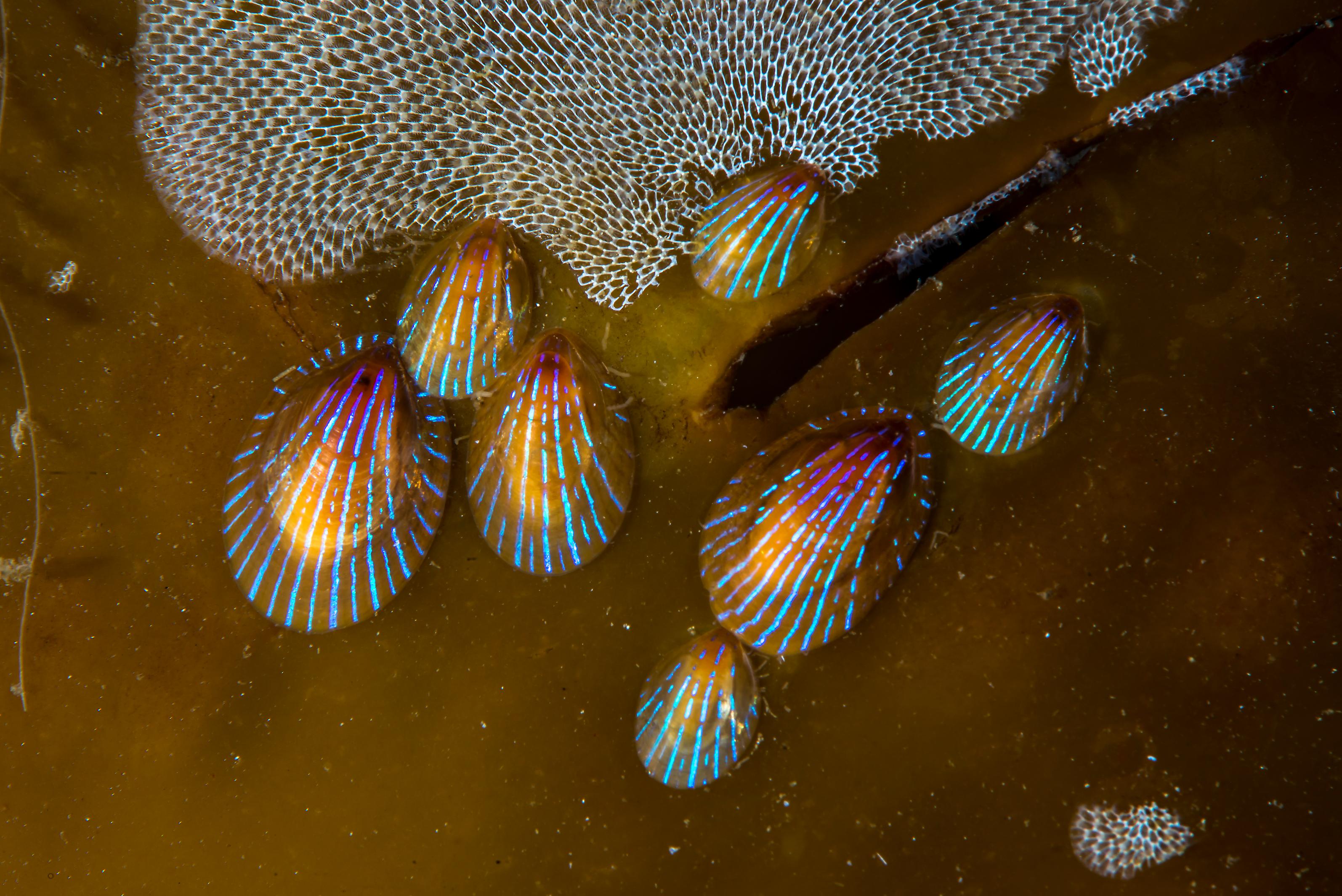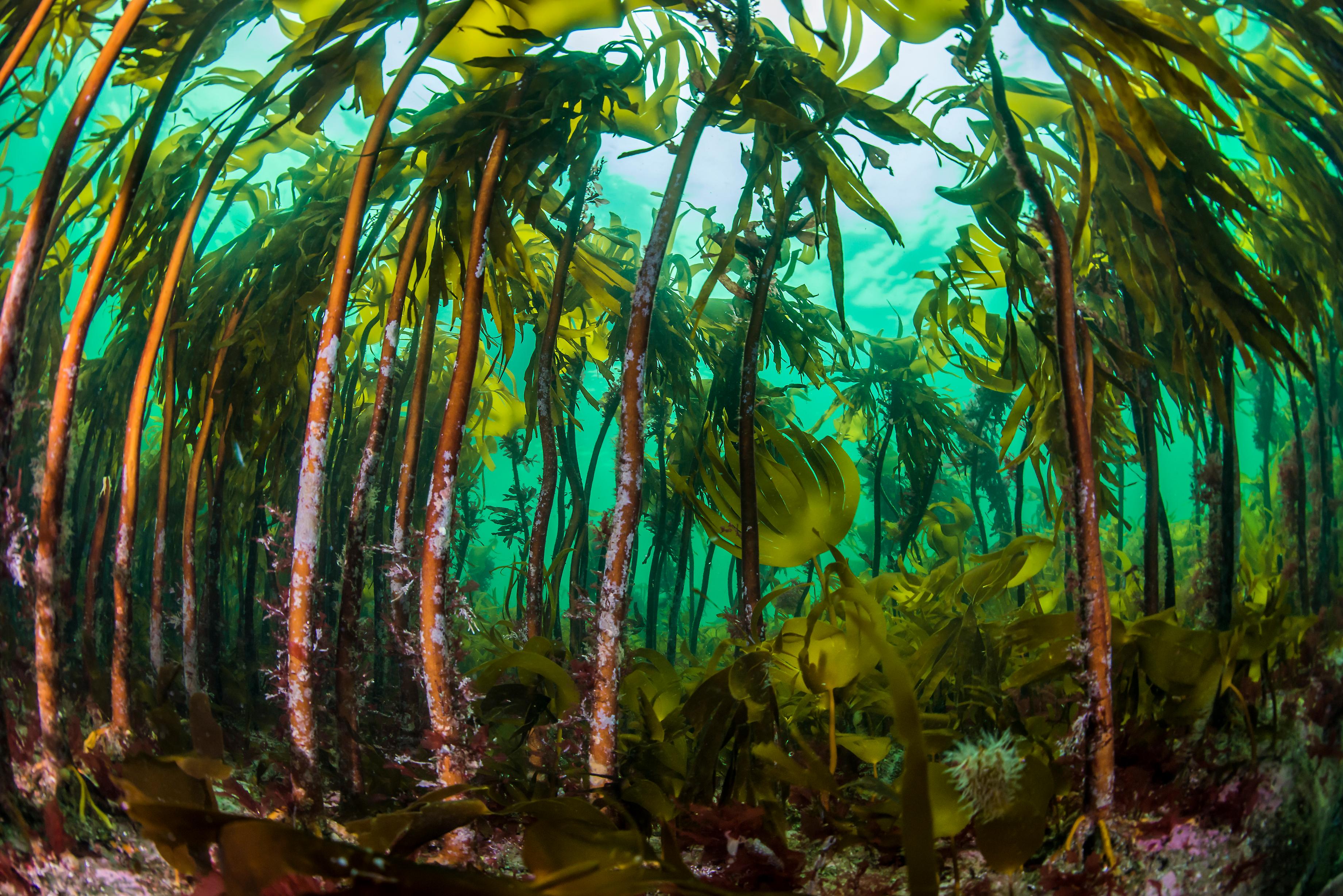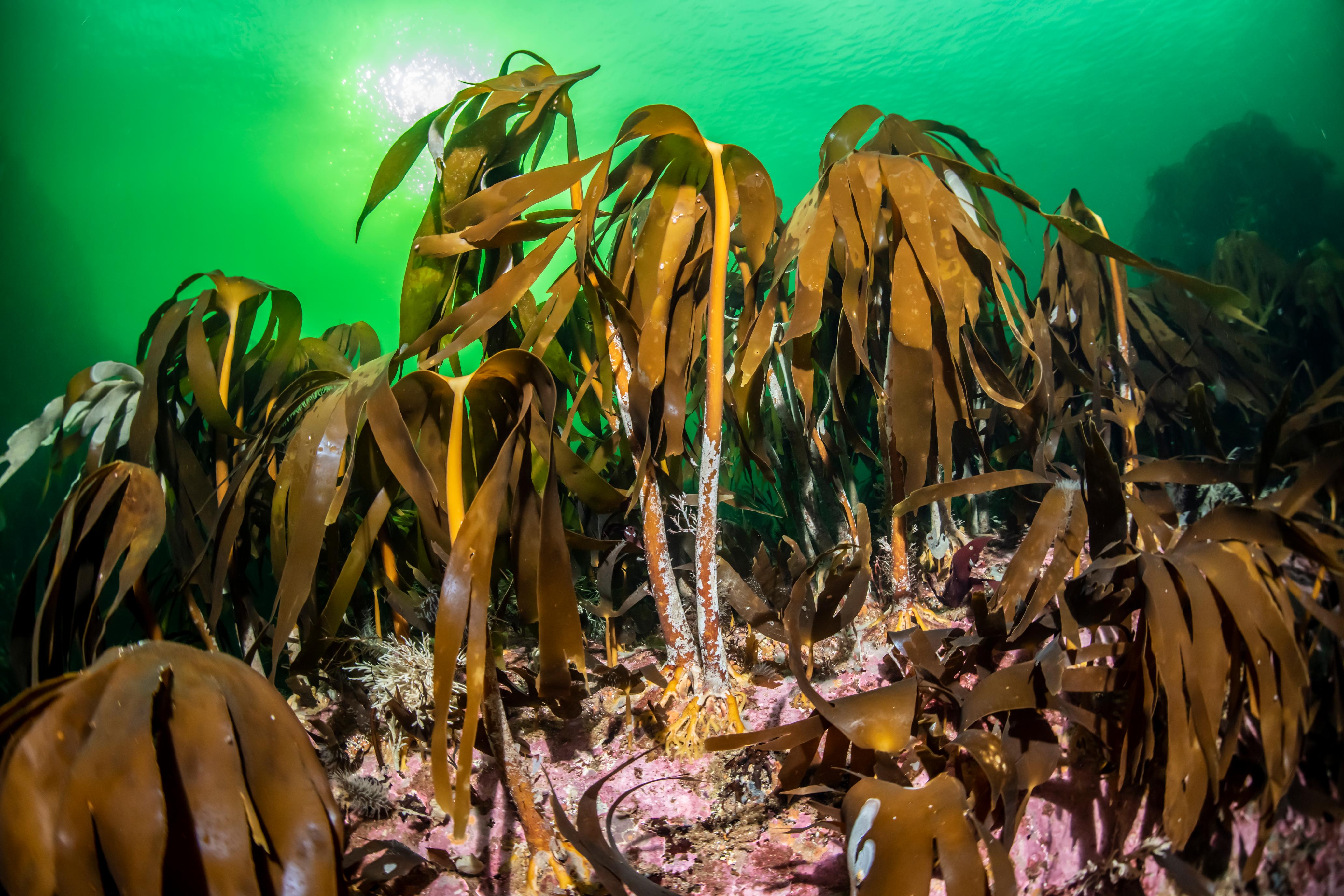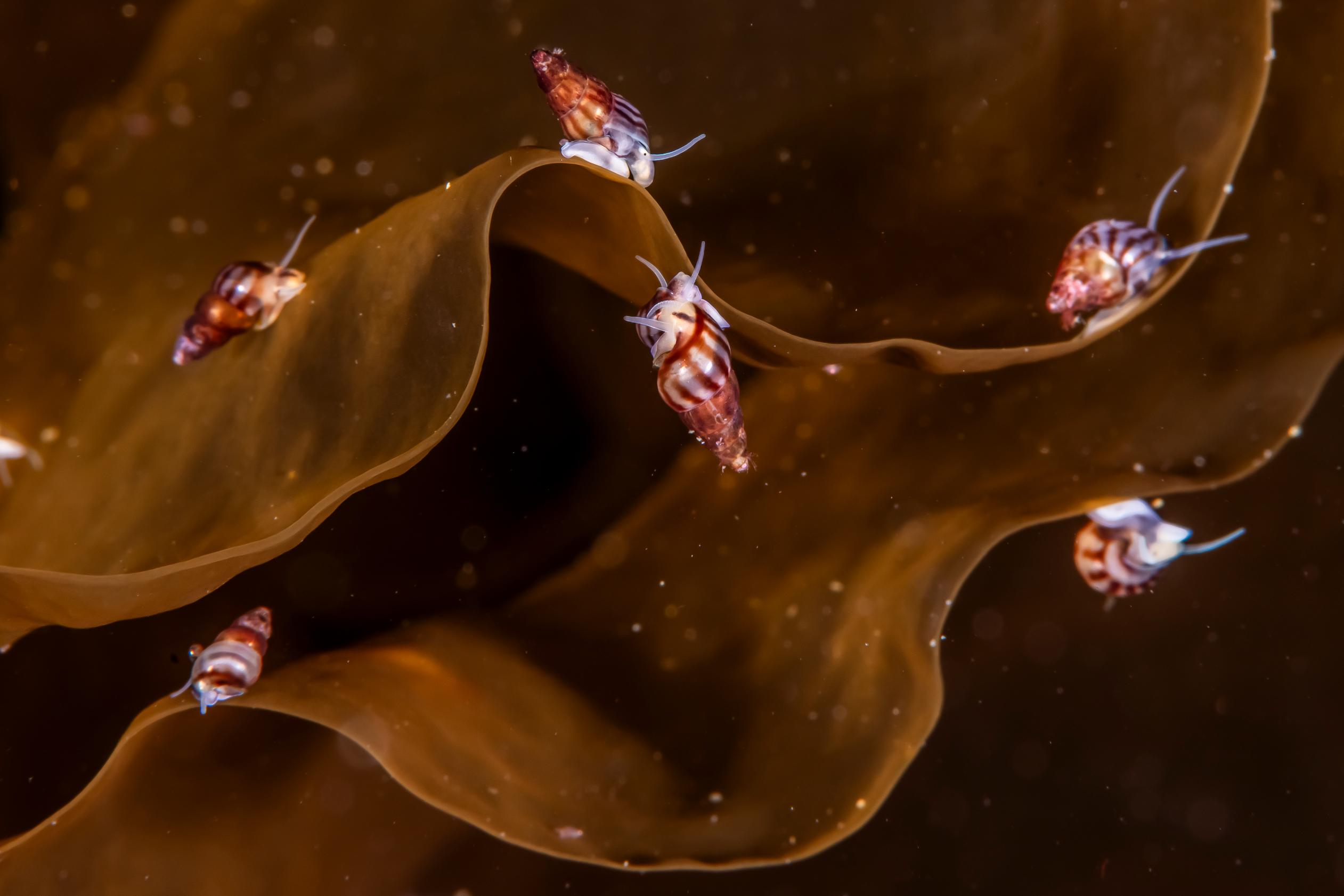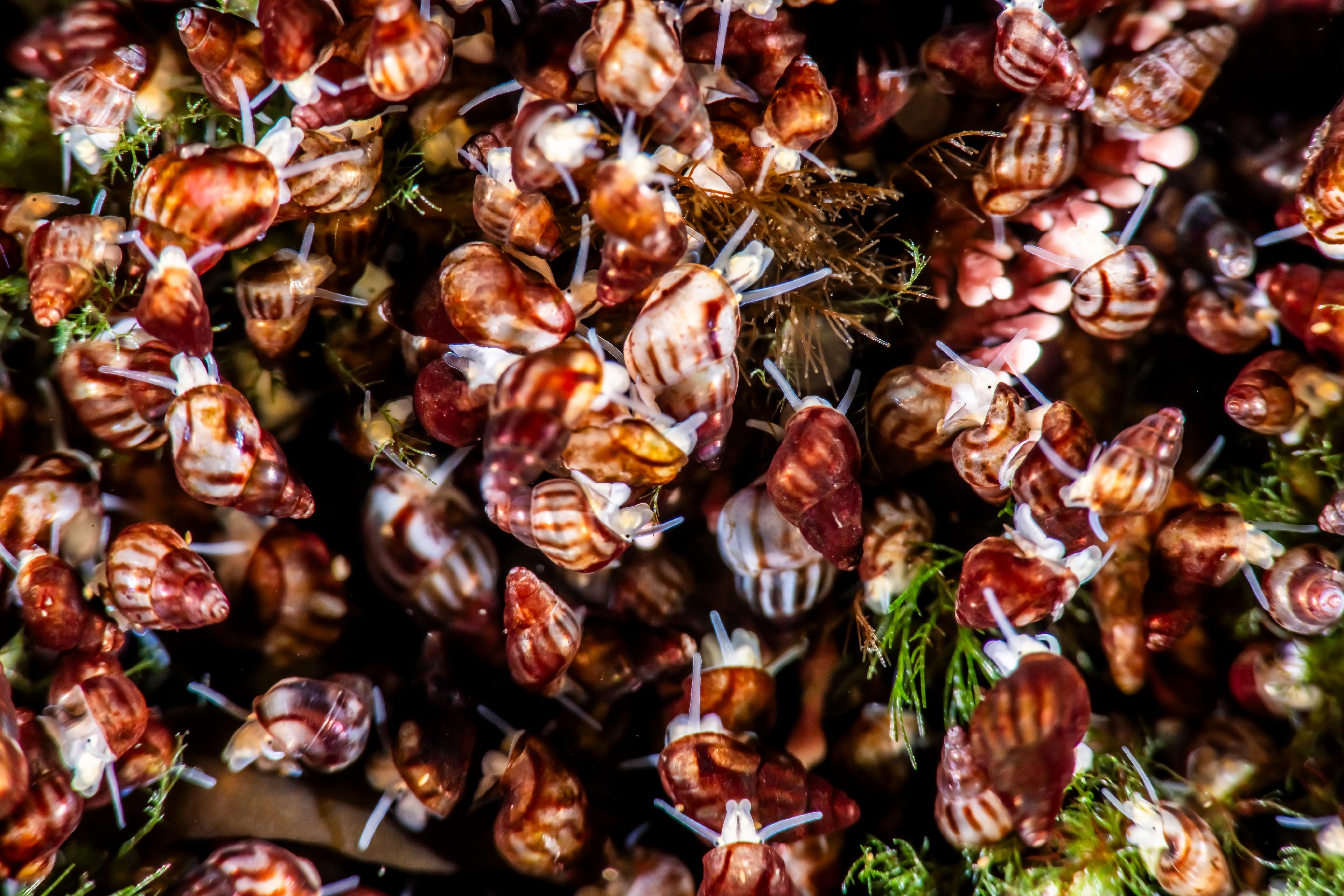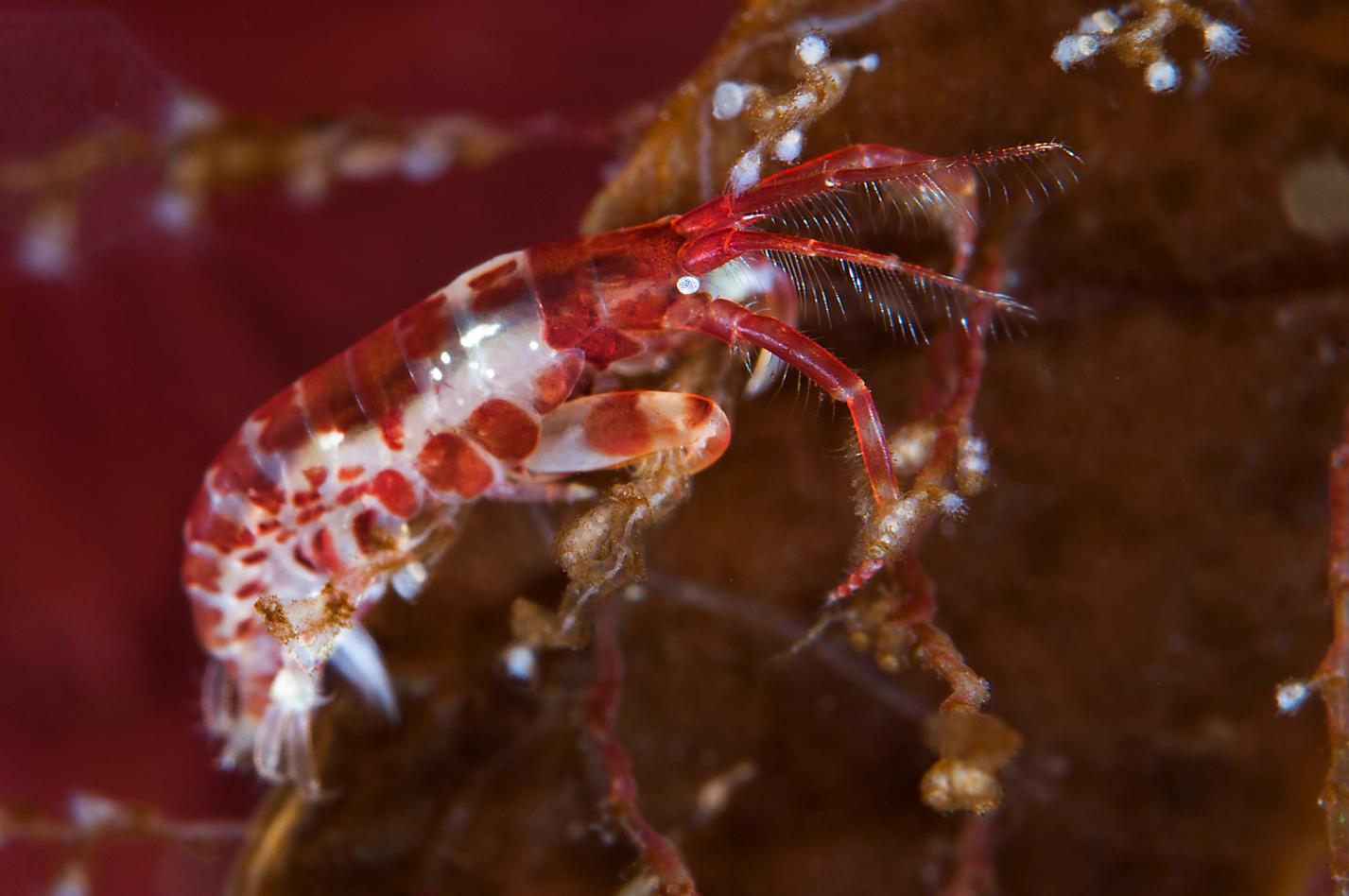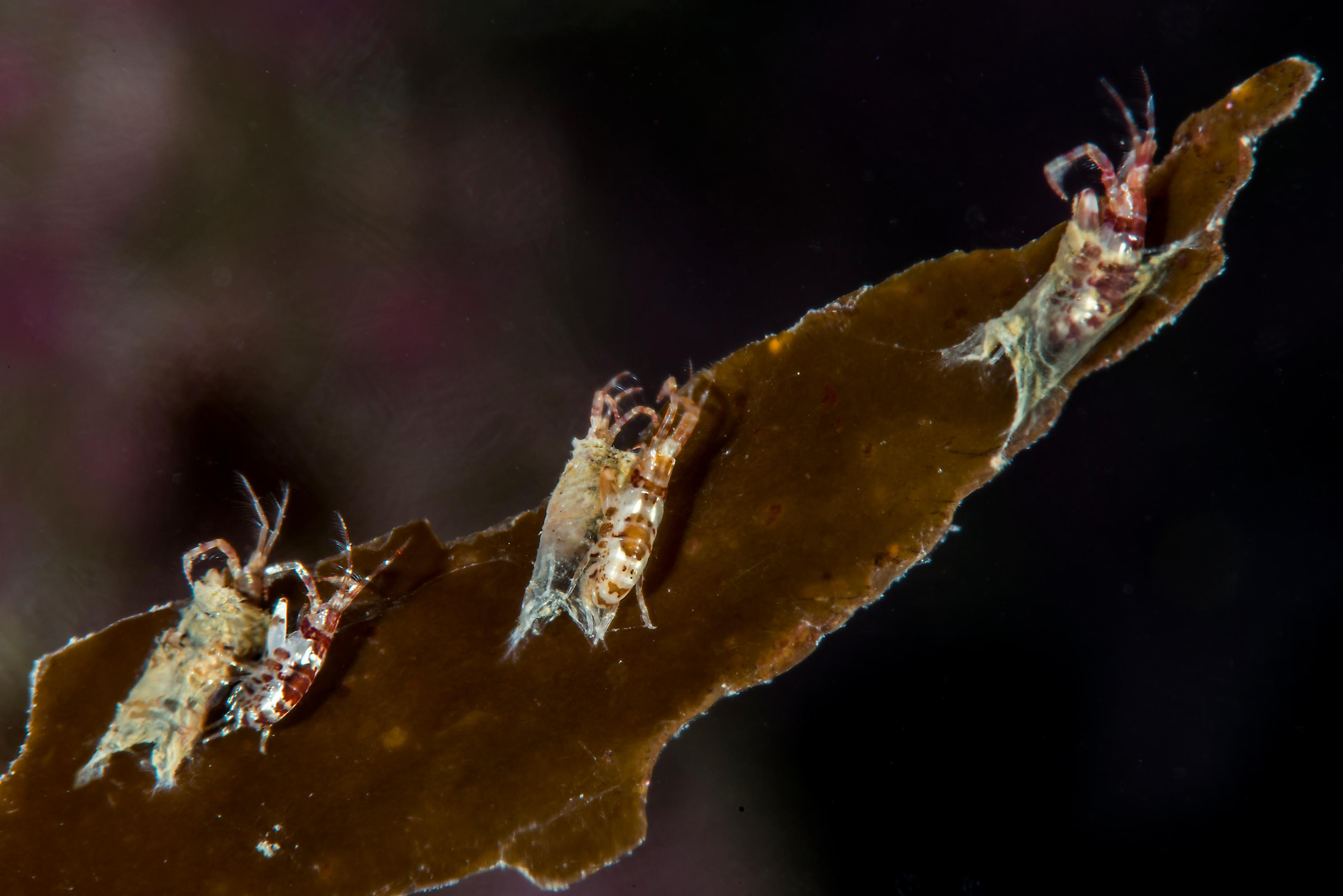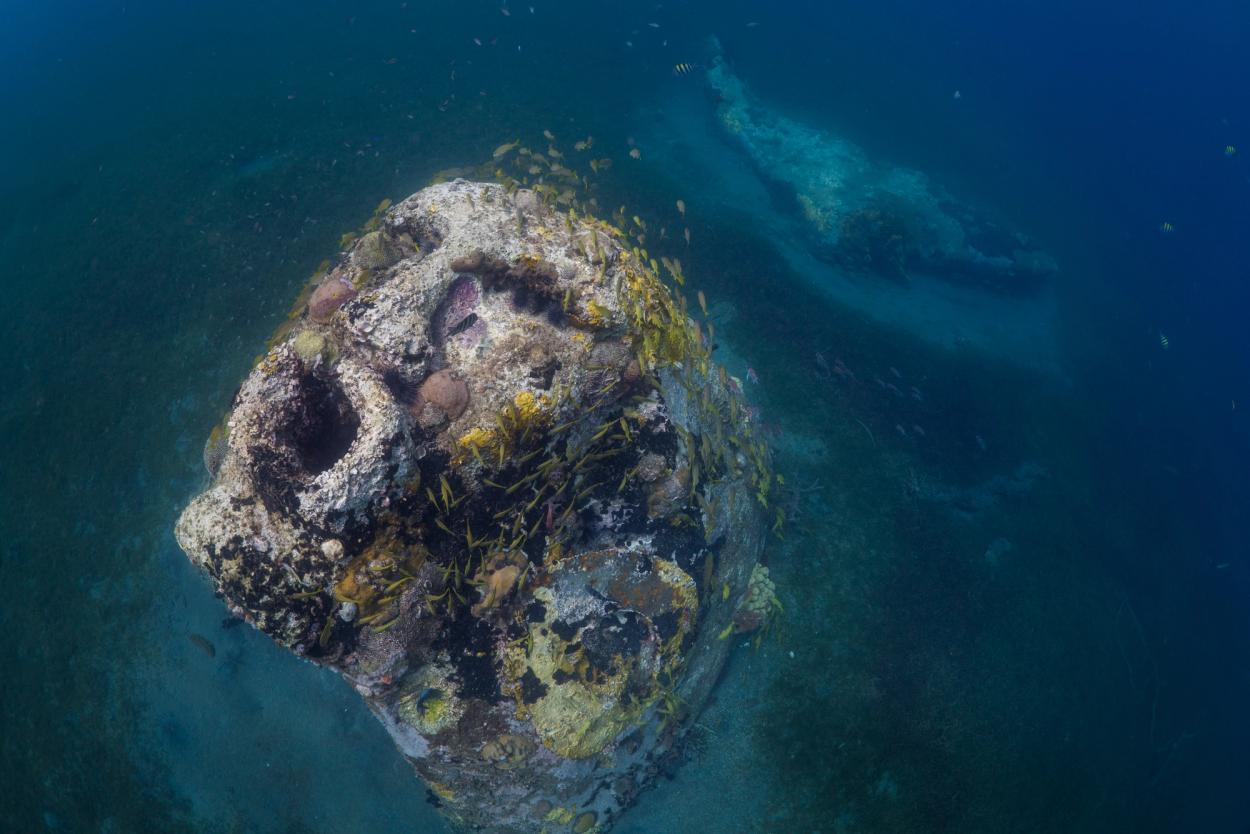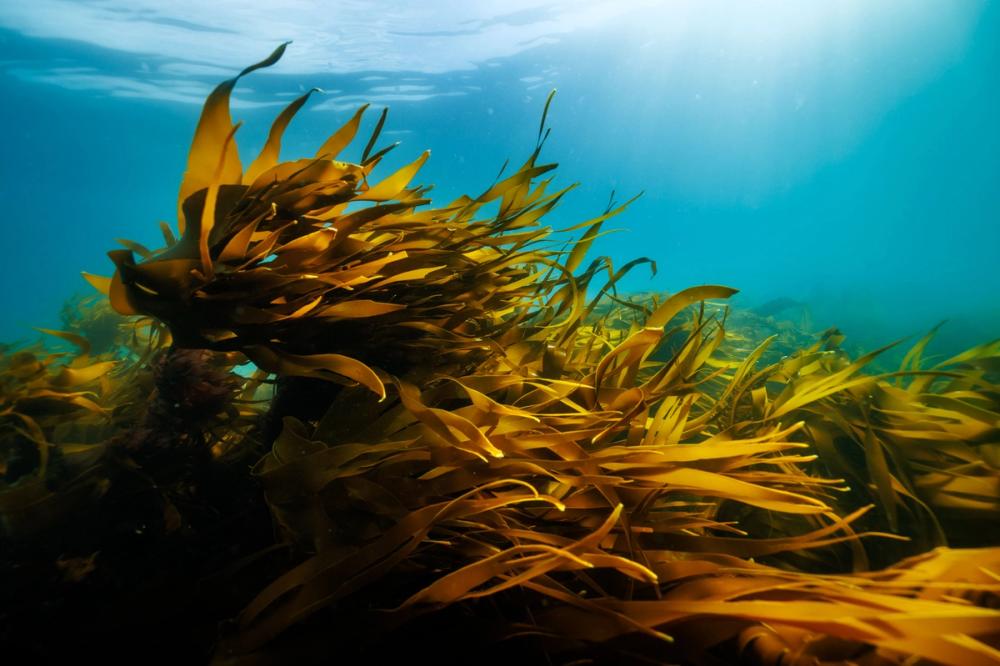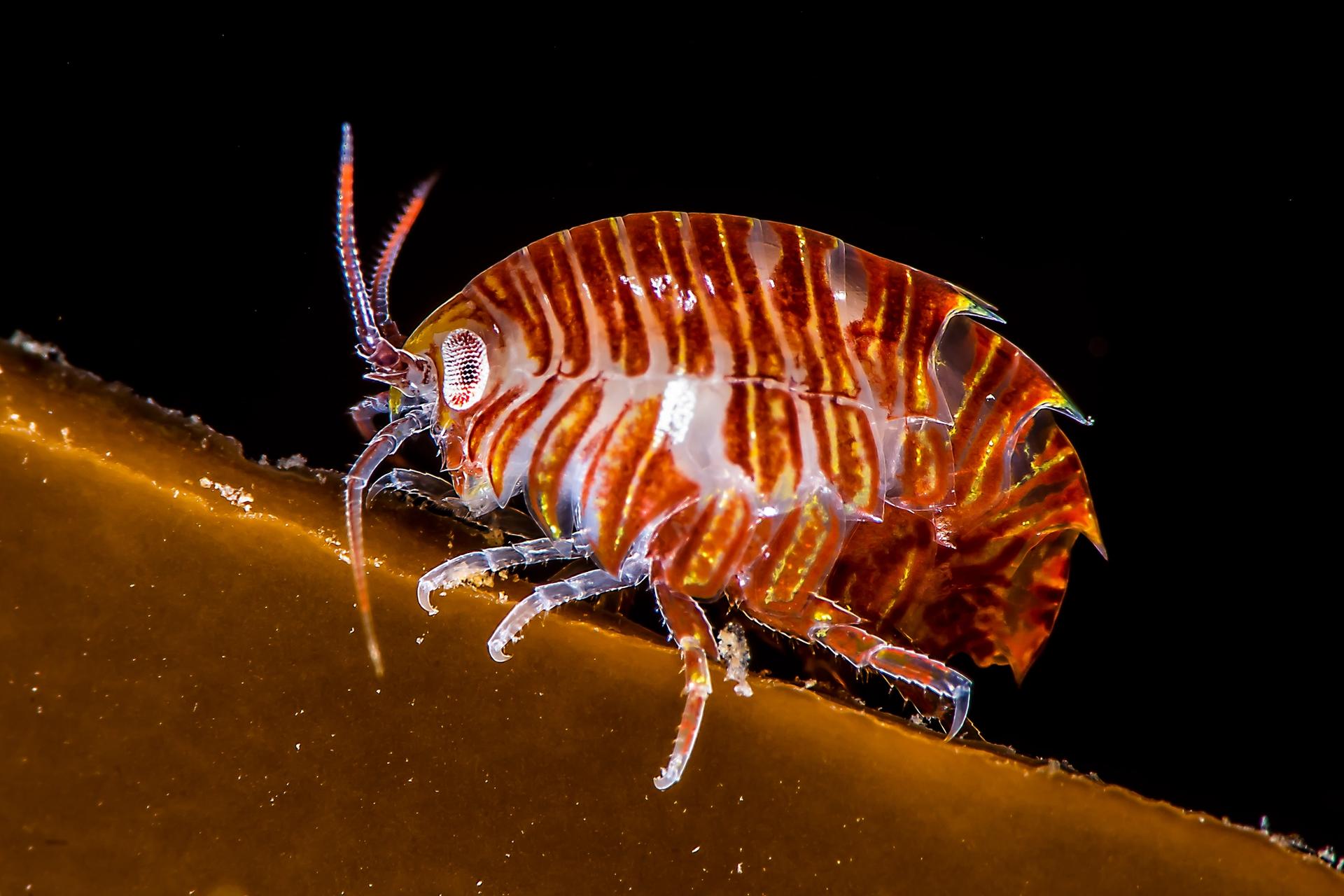
The hidden beauty inside a kelp forest
Iphimedia obesa, a small amphipod found sitting on top of a kelp frond. ©Erling Svensen
Underwater, in a pristine kelp forest you may see the nice brown kelp fronds moving in the swell. Below this canopy, the bright colours of understory algae are visible, and larger animals, as well as the fish exploiting these forests for food and shelter. Apart from some snails on the kelp blades, divers do not easily discover the beauty of all the small crustaceans, molluscs, echinoderms, worms and other invertebrates finding homes among the microhabitats provided by the different structures available. Their fascinating camouflage and lifestyles can make them difficult to discover. Here are a few examples of these small animal lifeforms:
How many animals can live on a kelp plant?
Particularly in the kelp forest formed by the tangle kelp Laminaria hyperborea, we can find high densities of small animals. However, these kelp plants vary in size and habitat volume along gradients such as latitude, wave exposure and depth, and the size will influence the number of animals a kelp can house.

Tangle kelp creates a heterogeneous habitat. ©Erling Svensen
In heterogenous kelp forests on exposed shallow coasts, the holdfast organ and the red algal epiphytic growth on the stipe can house exceptionally high numbers of small animals, while the blades have less fauna. After kelp trawling, harvest or storms, the kelps grow back into a dense and homogenous forest, and the available habitats are reduced.
Homogenous kelp forest patches. ©Erling Svensen
In an exceptionally large kelp plant, we have found more than 50,000 animals on the stipe and more than 5,000 in the holdfast. You can find about 100 different species on one kelp, but the number of species (biodiversity) recorded in a kelp forest increases with the number of kelp plants analysed. In smaller kelp plants the total number of animals can be only a couple of thousand. In general, if there are about 10 adult kelp plants per square metre, then the few largest kelp forests can house and feed more than 500,000 animals per square metre. Small amphipods and snails contribute most to the high numbers of animals on kelp.
Tiny snails occurring in high densities and consuming kelp. © Erling Svensen
Bushy or smooth, high or low
The diverse animal community living in a large mature kelp forest have been found in densities higher than 100,000 per square metre. All these animals must organise how to live together in such densities, competing for space and food. The above headline is the title of a scientific article about this organisation (Christie, et al., 2007)
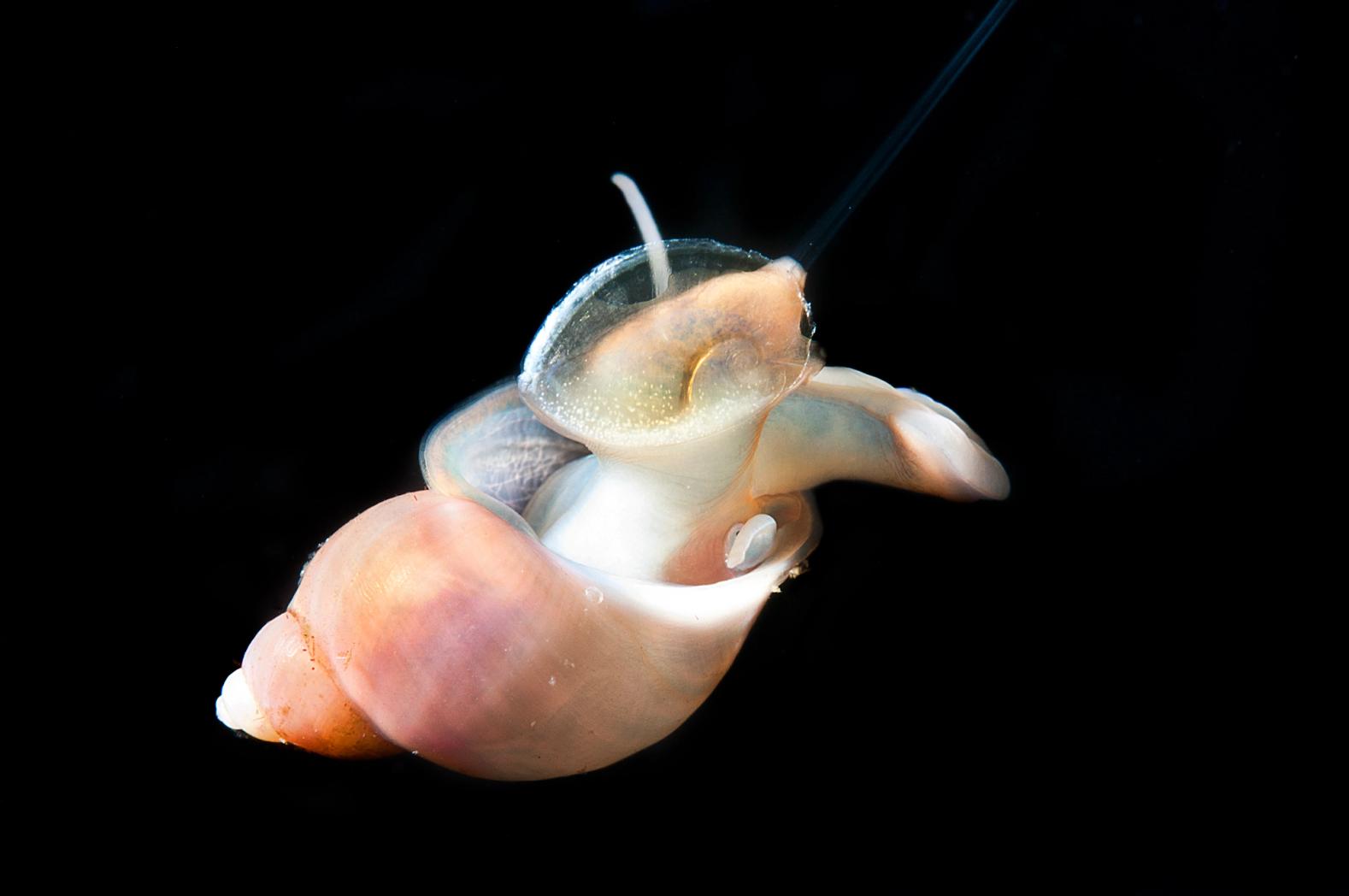
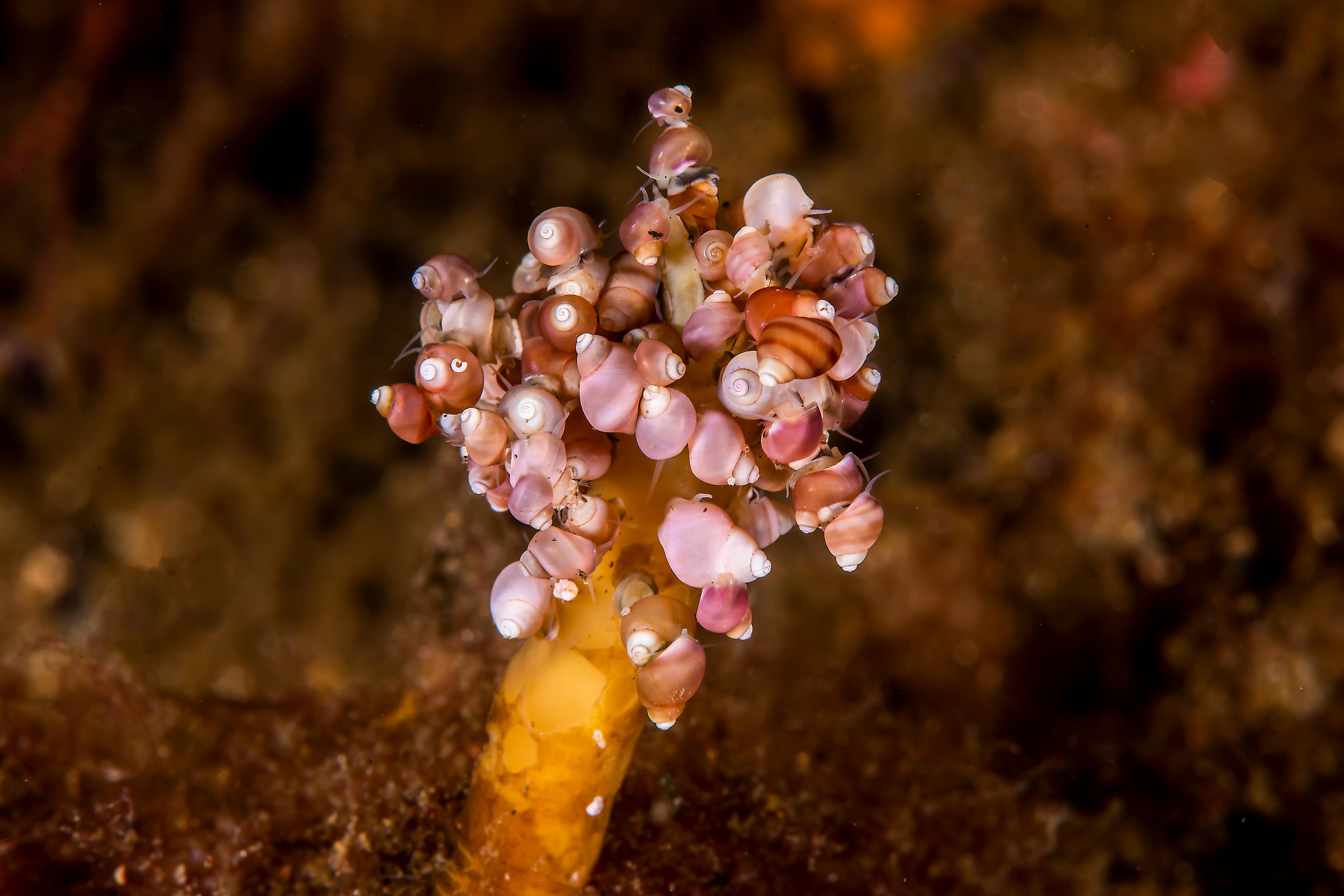

Jassa falcata, an amphipod belonging to the family Ischyroceridae. ©Erling Svensen
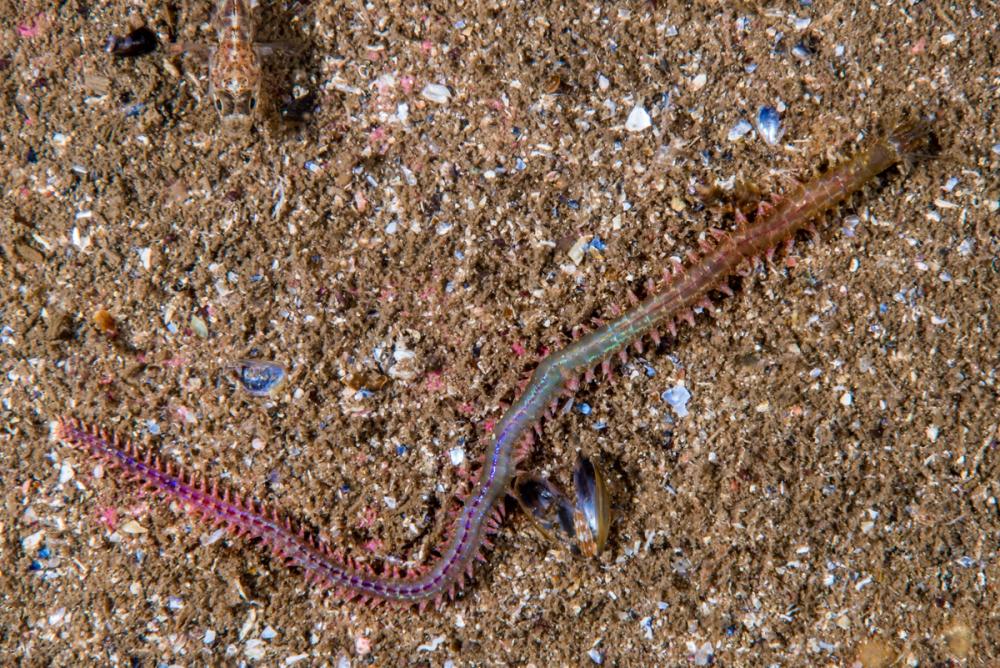
Nereis pelagica, a polychaete worm. ©Erling Svensen
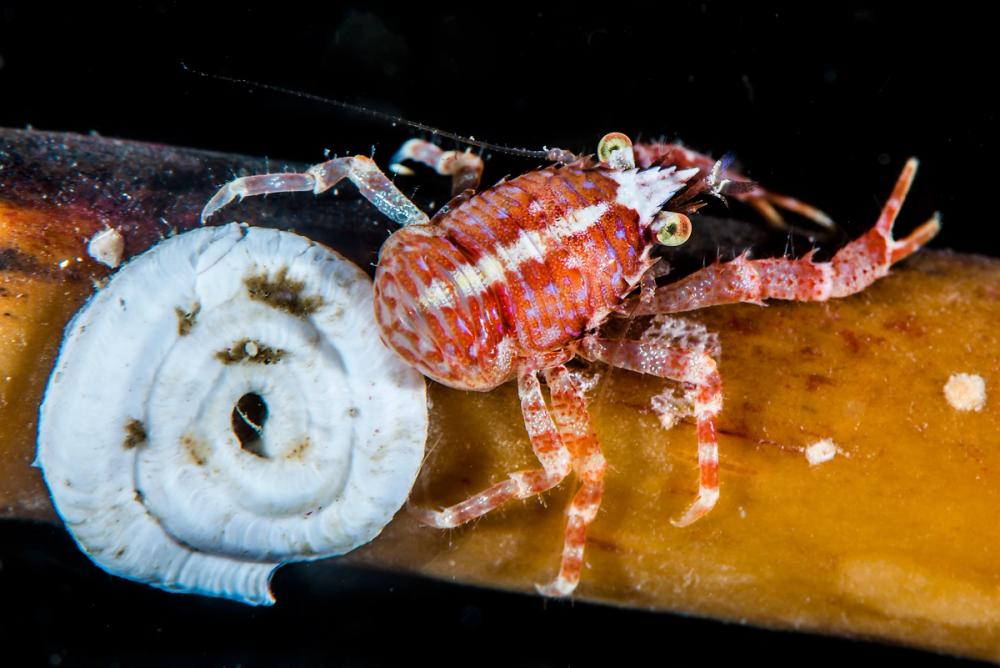
Galathea intermedia, a species of squat lobster. ©Erling Svensen
From the bottom holdfast organ (which looks like a root glued to a rocky surface), up along the stem with different red algae, and to the large blade on top of the kelp plant, there are differences in habitat structure and water movement. The kelps have more crevices and bushy forms closer to the bottom, while smooth surfaces are more common higher up, and at the top represented by the blade. By making imitations of different algal structures and placing them vertically in a kelp forest, we have found most species to have strong preference in terms of both structure and where to live along the vertical gradient. Examples are the snail Lacuna living on smooth surfaces closer to the top, while amphipods like Jassa like to live halfway or closer to the bottom and hide in bushier substrate. Worms, crabs, and brittlestars like to hide in the holdfasts. Most of these animals are on the move (drifting, crawling, swimming) quite frequently, and more mobile higher up along the plant. Such mobility has been found to facilitate more individuals to occur in habitats with limited amount of space. They must fight for space, but it seems like the kelp forest provides enough food for all the animals. Based on these results, by analysing a fish’s stomach you can see if it is hunting high or low.

This illustration of kelp’s habitats and associated organisms has been made for a project with cooperation from UiO, NIVA and IMR. © Hartvig C Christie
Hi, my family name is Ischyroceridae
Being given a difficult family name to write and pronounce is unfair, particularly since we occur in many habitats all along the coast and in really high densities. The different family members (species) do not always like to live together, so distributions are separated between, for example, seaweeds, seagrasses, and mussel beds. We can occur in several thousand individuals on one single plant. We have to reproduce frequently to keep up the density because small fish like to eat us. In that way we contribute greatly to the coastal ecosystem, but almost no-one has heard about us—until now. We normally end up in a juvenile fish stomach, but occasionally on alcohol at a poor scientist’s lab where counting and identification must be demanding because we are small, look alike and are very many.
Small amphipods (Jassa falcata) using kelp fronds to create homes. ©Erling Svensen
Share this story
- Life in the ocean

